
PUMPA - SMART LEARNING
எங்கள் ஆசிரியர்களுடன் 1-ஆன்-1 ஆலோசனை நேரத்தைப் பெறுங்கள். டாப்பர் ஆவதற்கு நாங்கள் பயிற்சி அளிப்போம்
Book Free DemoSolid-waste management involves the collection, treatment, and proper disposal of solid waste discarded from household and industrial activities.
Methods of solid wastes disposal:
1. Segregation:
Segregation is the process of separation of different types of waste materials, such as biodegradable and non-biodegradable wastes.
Biodegradable wastes:
Wastes that can be naturally broken down, decomposed and disposed of when buried in soil are called biodegradable wastes.

Biodegradable wastes
Green dustbins collect biodegradable wastes that can be degraded naturally by microorganisms.
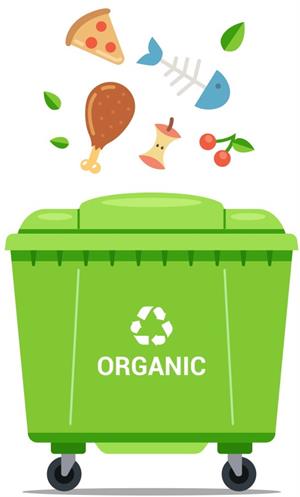
Green dustbins to collect biodegradable wastes
Non-biodegradable wastes:
Wastes that do not decay or decompose when buried in soil, are called non-biodegradable wastes.
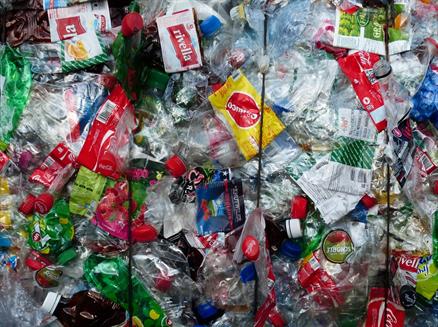
Non-biodegradable wastes
Blue dustbins are used to collect non-biodegradable wastes.
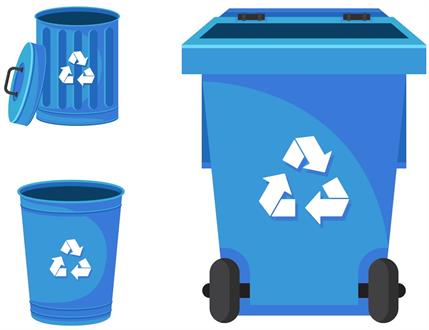
Blue dustbins to collect non-biodegradable wastes
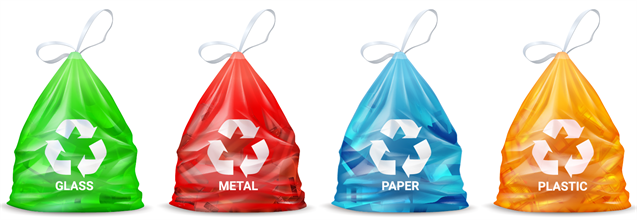
Collection of various types of solid wastes separately.
2. Sanitary landfill:
Solid wastes are dumped into low lying areas of the ground. The layers are compacted by trucks to allow settlement. The waste materials get stabilised in around 2-12 months. The organic matter undergoes decomposition.
Once the landfill is full, it is converted to parks, gardens, or playgrounds, as no building can be constructed for approximately 20\ years on top of it.
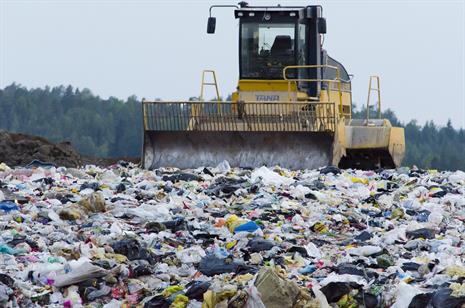
Landfill